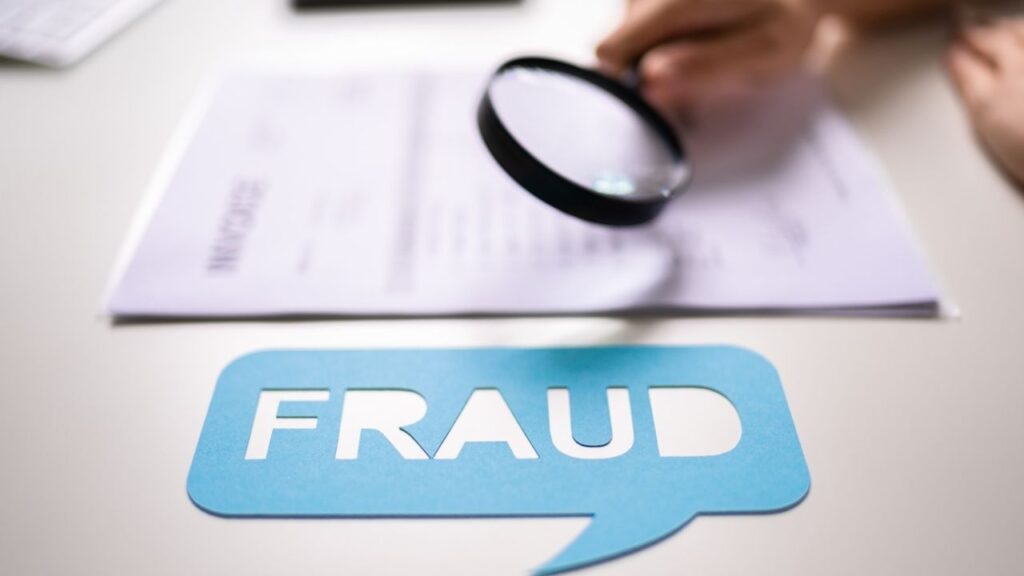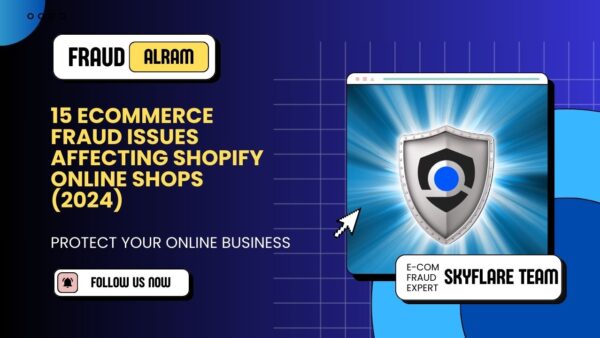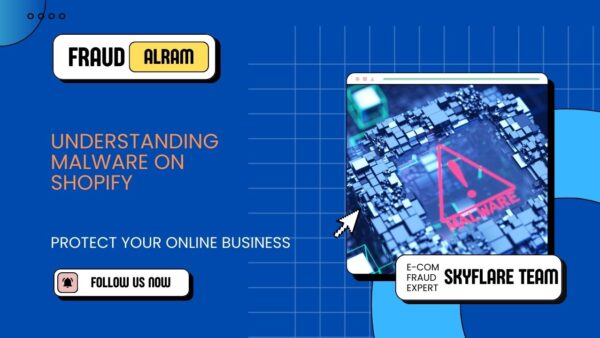Friendly fraud is a growing concern that can significantly impact your business’s bottom line. This type of fraud occurs when a customer makes a purchase and then disputes the charge with their bank, claiming it was unauthorized or that they did not receive the goods or services. Shopify stores, in particular, face various forms of friendly fraud, whether dealing with digital goods, subscription services, or high-value physical products. Understanding and implementing Shopify chargeback protection strategies is essential to mitigate these risks and protect your revenue.

What is Friendly Fraud on Shopify?
Friendly fraud, also known as chargeback fraud, occurs when customers dispute legitimate transactions. This type of fraud can be intentional or unintentional. Sometimes, customers may genuinely forget about the purchase, while others might exploit the chargeback system to get products or services for free.
Common Types of Friendly Fraud:
- Digital Goods Fraud: Customers download digital products and then claim they never received them.
- Subscription Fraud: Customers subscribe to a service, enjoy it, and then dispute the charge.
- Physical Goods Fraud: Customers receive high-value items and then file a chargeback, claiming non-delivery or unauthorized purchase.

Friendly Fraud on Digital or Physical Goods on Shopify stores
Case 1: Digital Goods Scam A Shopify store specializing in digital goods, such as eBooks and software, experienced a high rate of friendly fraud. Customers would purchase, download, and then file chargebacks, claiming they did not receive the items. This led the store to implement digital rights management (DRM) software and tracking systems to verify downloads and customer engagement.
Case 2: Subscription Service Fraud A Shopify store offering monthly subscription boxes faced issues when subscribers received their first box, enjoyed the products, and then disputed the charge, claiming it was unauthorized. The store responded by enhancing its subscription management system, requiring additional verification at purchase and sending renewal reminders.
Case 3: Physical Product Disputes A Shopify store selling high-end fashion items encountered numerous instances of friendly fraud. Customers would order expensive items, receive them, and then initiate chargebacks, claiming non-delivery or unauthorized transactions. The store addressed this by requiring signature confirmation, photographing the packaging process, and using tamper-evident seals.
Learn more about Shopify fraud issues: 15 Ecommerce Fraud Issues Affecting Shopify Online Shops (2024)

How to Prevent Friendly Fraud on Shopify stores?
Implement Robust Verification Processes
- Multi-Factor Authentication (MFA): Add an extra layer of security by requiring MFA for account access and transactions.
- Address Verification System (AVS): Ensure that the billing address matches the address on file with the credit card issuer.
- Card Verification Value (CVV): Require CVV numbers for all transactions to add an extra layer of security.
Monitoring and Analytics
- Shopify Analytics: Utilize Shopify’s built-in tools to monitor transactions and identify suspicious activities.
- Custom Alerts: Set up alerts for orders that meet specific fraud criteria, such as high-value orders or mismatched shipping and billing addresses.
Using Skyflare for Advanced Fraud Detection
- Real-Time Monitoring: Skyflare provides real-time monitoring and automated solutions to detect and prevent fraudulent activities.
- Comprehensive Protection: Skyflare’s tools help identify patterns of suspicious behavior, block fraudulent transactions, and protect your store from chargebacks.
Educate Your Customers
- Clear Communication: Clearly outline your refund and chargeback policies to customers.
- Secure Payment Options: Encourage the use of secure payment methods like PayPal, which offer additional protections against fraud.
Managing Fraudulent Orders
- Order Review Process: Manually review flagged orders and contact customers to verify details.
- Refund and Cancel: For confirmed fraudulent orders, cancel the order and refund the payment to prevent chargebacks.
- Legal Actions and Reporting: Report confirmed fraud cases to Shopify and relevant authorities, and understand your legal options for dealing with fraudsters.

Conclusion on Chargeback Protection
Friendly fraud presents a significant challenge for Shopify store owners, but with the right strategies and tools, it can be effectively managed. By implementing robust verification processes, monitoring transactions, using advanced fraud detection tools like Skyflare, and educating your customers, you can protect your business from unauthorized chargebacks. Stay proactive in your fraud prevention efforts to ensure a secure shopping environment and maintain the trust of your customers.
Leran more about E-commerce fraud: E-Commerce Fraud: Five Main Types and Their Effects on Online Retailers
FAQs
What is friendly fraud on Shopify? Friendly fraud occurs when a customer disputes a legitimate transaction, claiming it was unauthorized or that they did not receive the goods or services.
How can I prevent friendly fraud on my Shopify store? Implement robust verification processes, use monitoring and analytics tools, educate your customers, and use advanced fraud detection software like Skyflare.
What tools can help with Shopify chargeback protection? Tools like Skyflare, along with Shopify’s built-in fraud detection can help protect your store from chargebacks.
Why is it important to address friendly fraud? Addressing friendly fraud is crucial to protect your revenue, maintain accurate business metrics, and ensure a positive customer experience.
What steps should I take if I detect friendly fraud? Investigate the suspicious activity, contact the customer for verification, cancel and refund confirmed fraudulent orders, and report the fraud to Shopify and relevant authorities.




